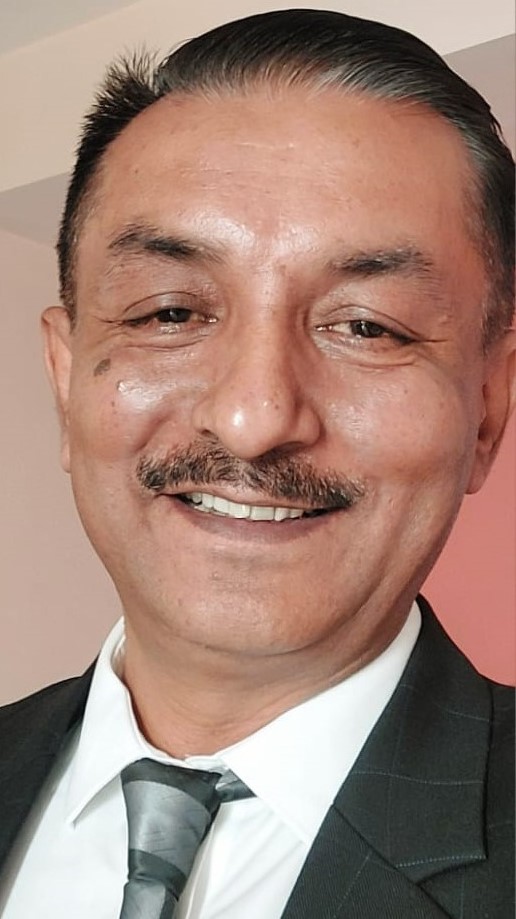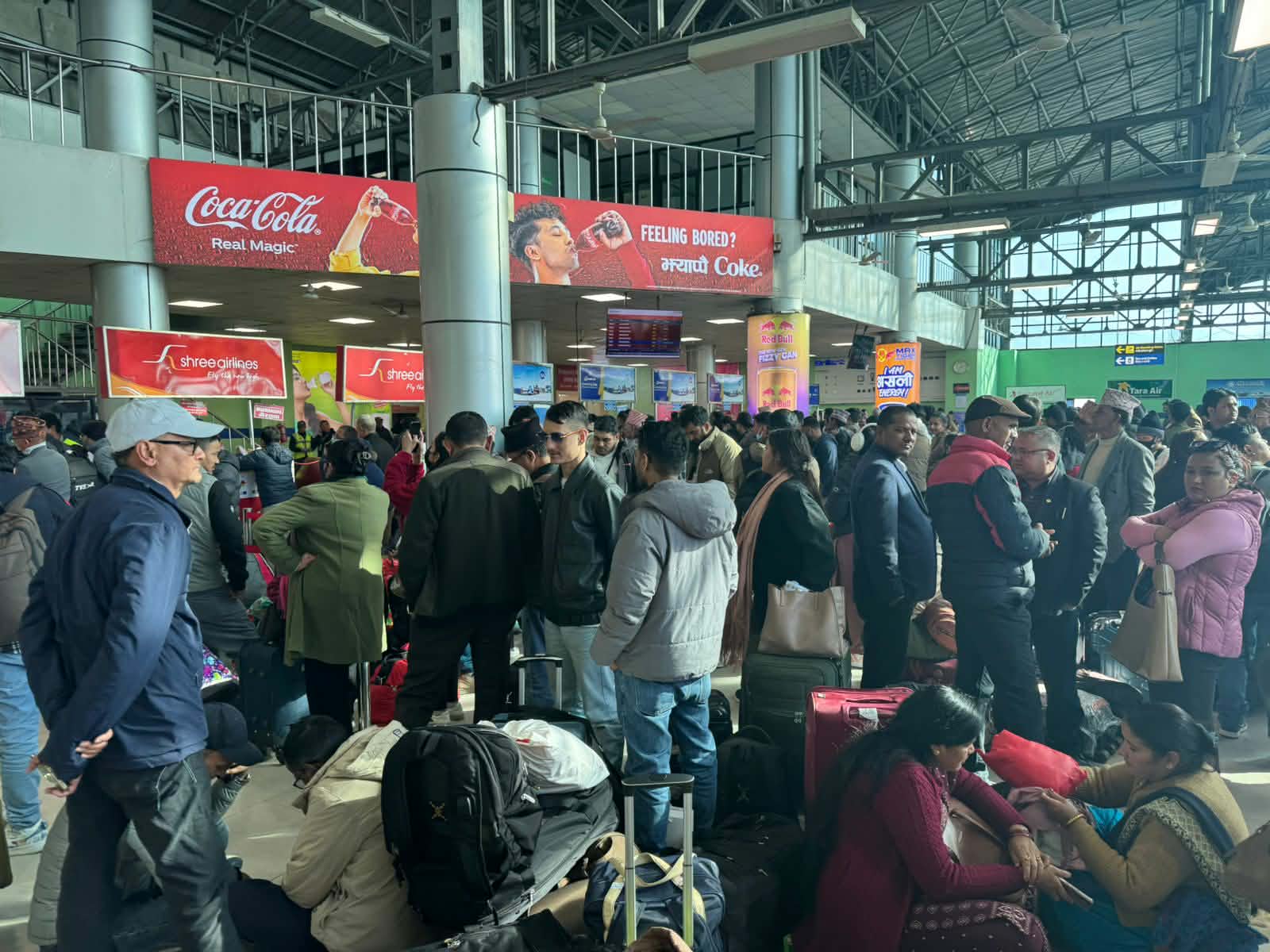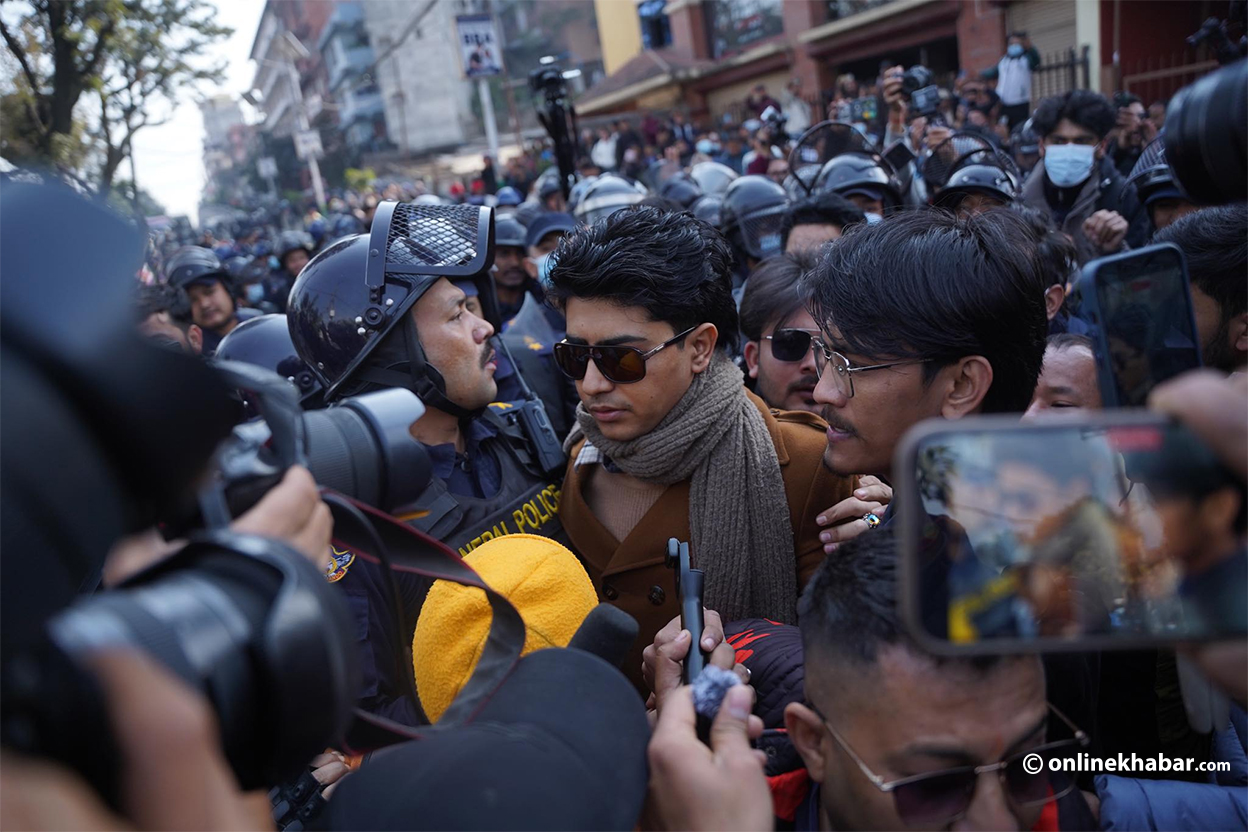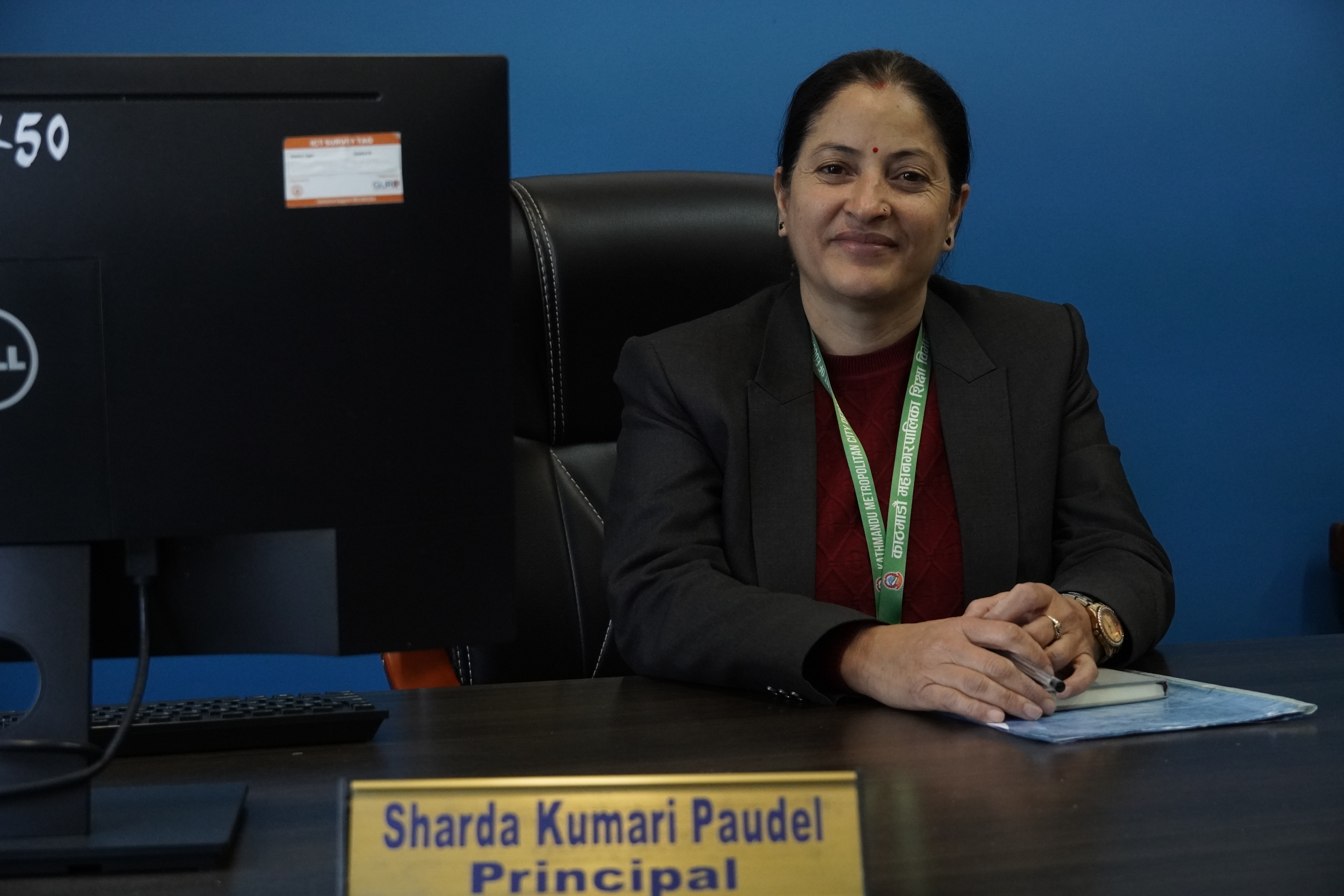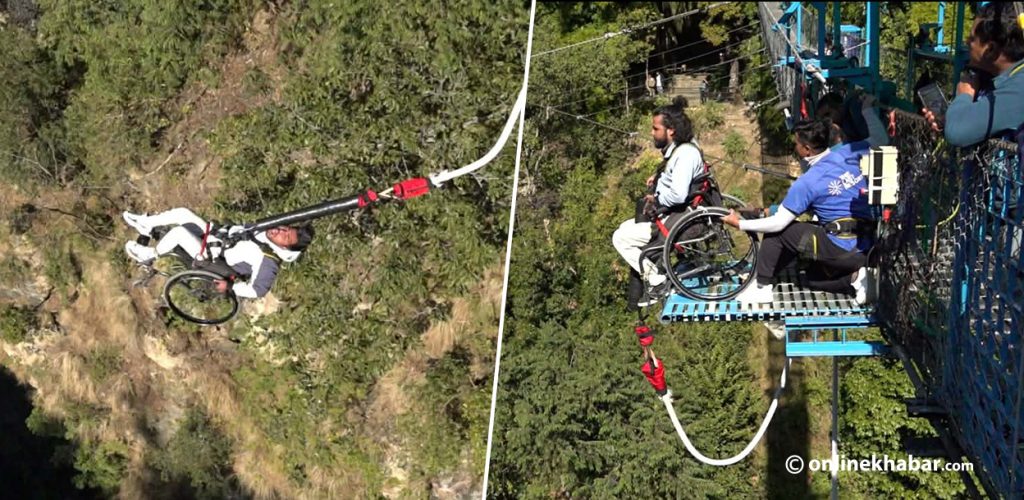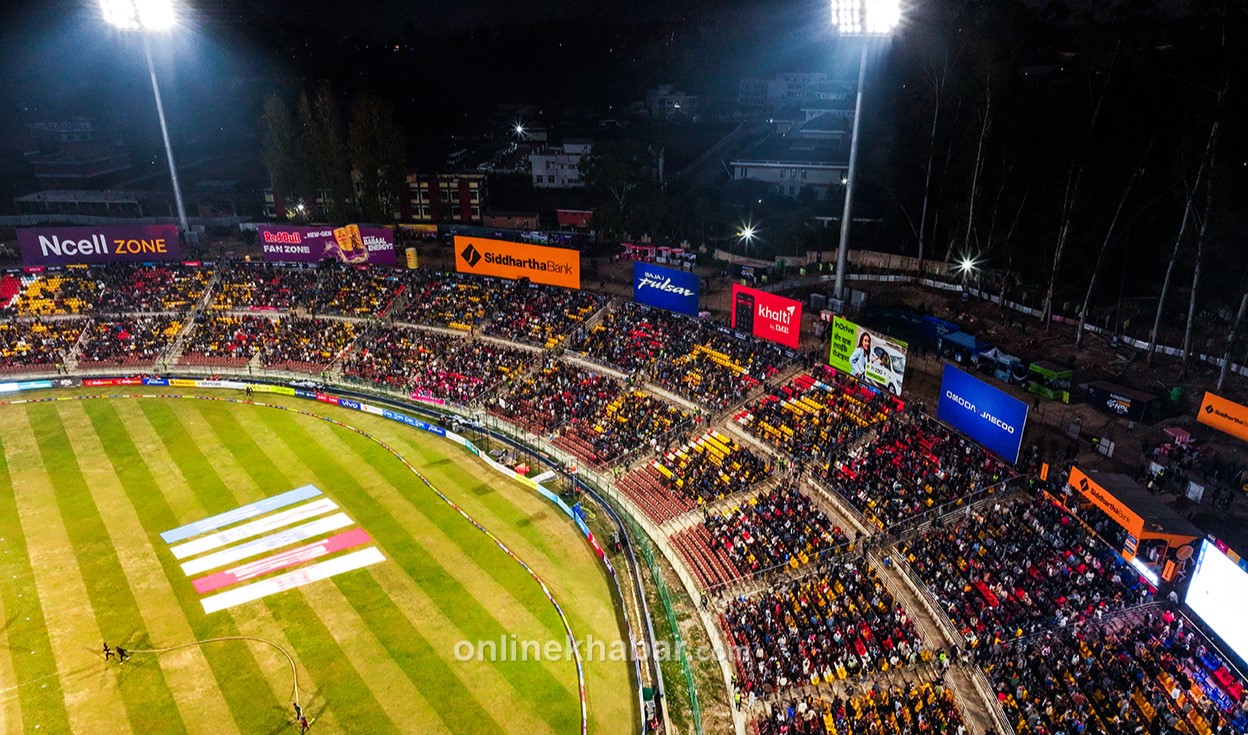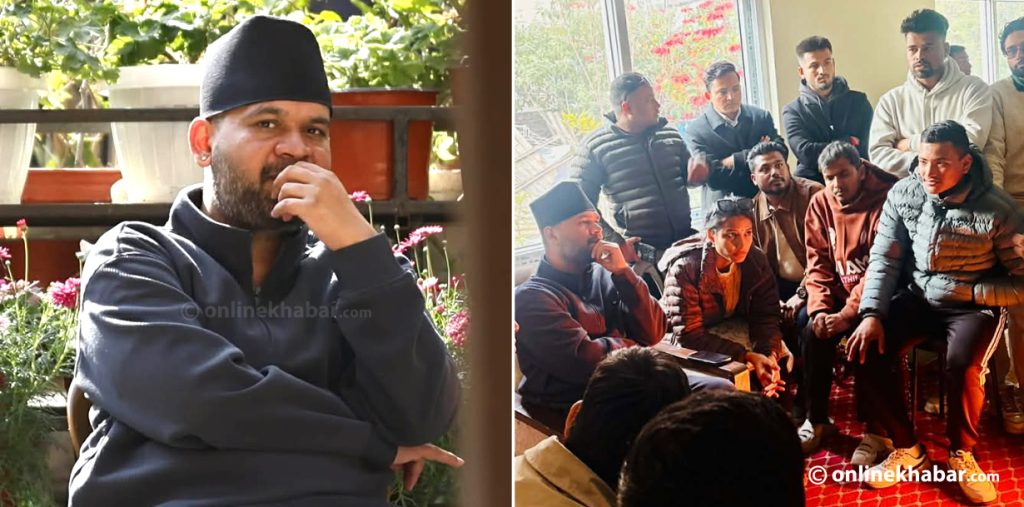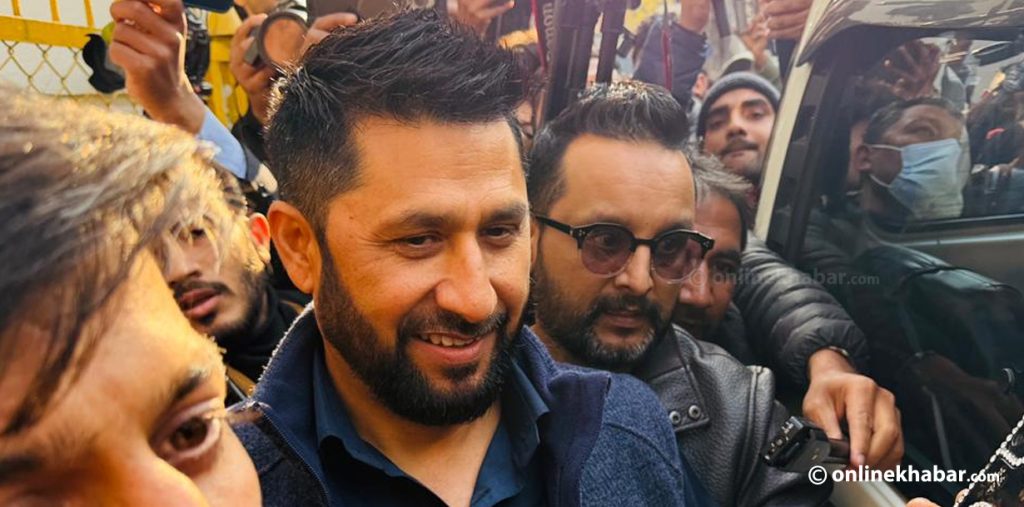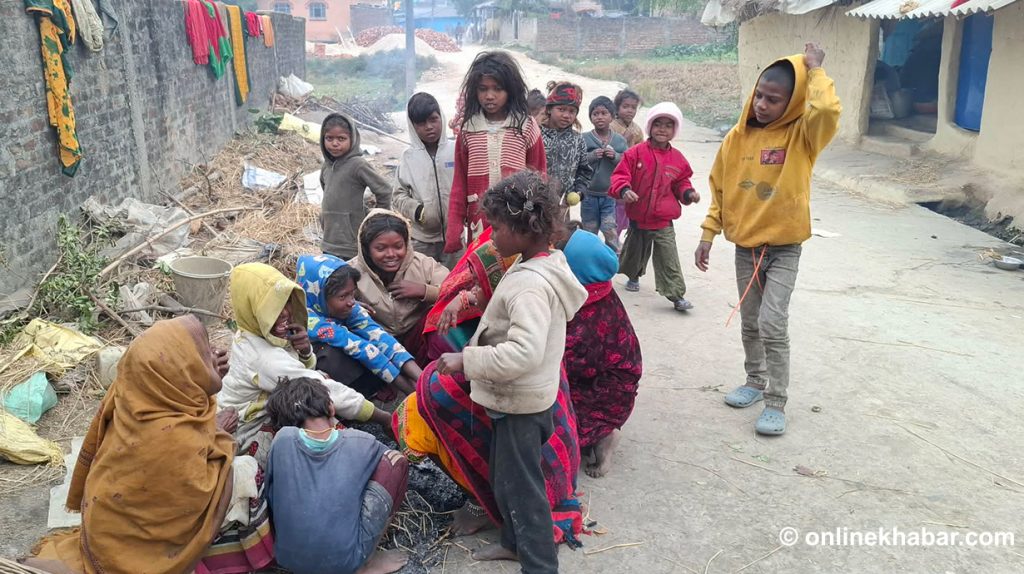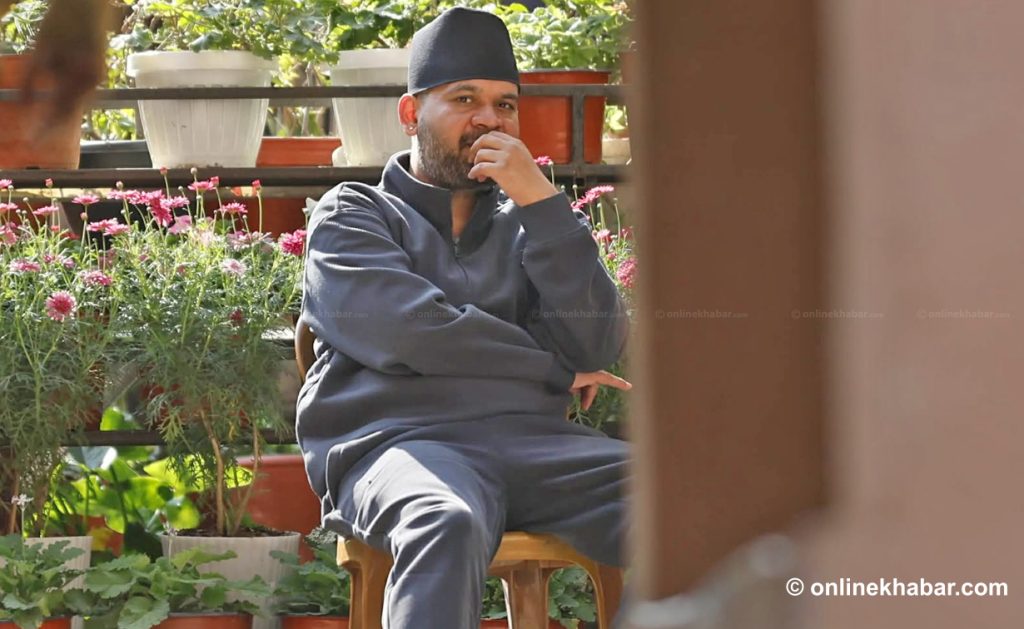
There was a time when childhood was noisy not from screens, but from shouting in the sun, the clatter of stones in a game of ghatta, the echo of laughter chasing a ball down the alley. There was dust on the face, scratches on the knees, and stories in every bruise.
Today, silence looms. Not the comforting kind but the eerie quiet of absence. Of swings that no longer move. Of fields turning into parking lots. Of marbles replaced by mobile screens. The playground has died. And few seem to have attended its funeral.
The tragedy is not just physical. It is emotional, cultural, and national.
Rootedness and the memory
You don’t need a passport to know where home is. Sometimes, all it takes is the memory of digging a hole just to hide a marble. The feeling of clay under your nails. The scent of monsoon earth after the rain.
Rootedness is not abstract, it is sensory. It’s lived, not taught. It is not about patriotism. It’s about memory. Look around, it’s not hard to see. Those who were raised with dust on their ankles, who played gully cricket with a stick, who sat cross-legged drawing circles in the mud – most of them are still here. Some built their lives here. Some left and made it big abroad – but something in them quietly longs to come back.
And then there are those who were told that playing with mud was shameful. Those stained clothes were a sign of poor upbringing. Those clean fingers and scented play dough were signs of cultured living. They were also told, without being told, to forget the land.
They left not in rebellion, but in indifference. Not because they didn’t care, but because no one helped them care.
And now, as a nation, we ask: Why don’t they return? But how can someone return to a place they were never truly allowed to belong to? Childhood is where that contract is signed – silently, emotionally, without anyone realizing. And when that bond is never formed, there’s nothing left to call them home.
We are not just losing children to foreign campuses. We are losing them to early conditioning to sanitised childhoods that never allowed their hearts to touch the soil. Mahabir Pun could have stayed abroad, basking in global accolades. Instead, he returned to bring internet to the remote corners of Nepal. Why? Because he remembered the mountains, the trails, the people who raised him. Surendra Bhandari, a constitutional law scholar with accolades from Japan, could have built a comfortable life overseas. But he came back, guided by a responsibility rooted in his upbringing. Swarnim Wagle, who has served with global institutions like the UN and the World Bank, returned to give back – not just intellectually, but emotionally. He did not see Nepal as a backup; he saw it as his base.
Even Rabi Lamichhane – love him or hate him – he is said to have left a successful stint abroad to return and re-anchor himself in the national discourse. The pull? His early life here. The invisible thread of belonging. These individuals may be different in their ideologies, but they are united by one powerful force their connection to the soil. Their childhoods in Nepal didn’t just shape them; it summoned them back. And then, there are those who never left not because they didn’t have the chance, but because their roots whispered louder than ambition.
Malvika Subba, media personality, entrepreneur, and a voice for social change, never left Nepal for good but she could have. With international recognition and opportunities at her fingertips, she had every qualification to build a life abroad. But she stayed. Why? Because her roots ran too deep. I have heard her speak about childhood memories of plucking wild mulberries, thorns scratching her fingers, laughter echoing through the hills. That wasn’t just nostalgia; it was grounding. It was belonging. Her decision to remain anchored wasn’t a career compromise – it was a commitment to a place that shaped her.
When we remove that soil from the child, when we replace ghatta with gadgets, when we turn play into screen time, we are not just changing habits. We are erasing the emotional GPS that could one day lead them home. Playgrounds are not leisure. They are anchors. And when you remove the anchor, the boat drifts. Perhaps forever.
A mind that doesn’t jump, a body that doesn’t fall
Outdoor play was never just about fun. It was the foundation of risk-taking, physical resilience, emotional flexibility, and negotiation skills. When a child lost a game of dandibiyo, he learned defeat. When they waited their turn to bat, they learned patience. When they got hurt and cried in front of others, they learned vulnerability and healing.
But today’s child doesn’t know what it’s like to fall and get up. They are shielded not protected. They are observed not experienced.
This sterilized childhood has created hyper-sensitive, low-resilience individuals who don’t know how to cope with disappointment, competition, or physical struggle. They are sharp on paper but brittle in life.
Playgrounds were therapists in disguise
Running barefoot on wet grass. Splashing through a stream. Digging holes for no reason. These were acts of joy but also of therapy. They regulated mood, boosted serotonin, and calmed anxiety long before children could spell those words.
Now, instead of chasing butterflies, children chase dopamine hits through YouTube Shorts and TikTok reels. And we wonder why anxiety, depression, and attention disorders are on the rise in early teens.
We replaced play with programming. We replaced curiosity with caution.
We also replaced sunlight with screens – and that has brought a silent medical crisis: vitamin D deficiency. Children who spend most of their time indoors are missing one of the most natural sources of health direct sunlight. The deficiency doesn’t just weaken bones; it affects immunity, growth, energy, and mental health. A child deprived of sunshine is a child deprived of strength both physical and emotional.
The vanishing commons: Where will they even play?
Urban planning is no friend to childhood anymore. Open fields have become apartment complexes. Courtyards have vanished under concrete. Even in villages, playgrounds are being encroached by construction, weddings, or roadside commerce.
When space to play disappears, so does the invitation to imagine. Where will the next generation build their treehouses? Where will they stage their mock cricket leagues? Childhood cannot survive in cubicles.
A modern parent may spend more on a child’s gadget than on their growth. They feel proud when their child can navigate a phone better than them. They compare their child’s coding skills, not catching skills. They see outdoor play as “wasting time.”
And perhaps, worst of all, they mislabel what joy looks like in a child. A child playing in mud is scolded for being dirty. But a mother going to a luxury spa for a mud therapy session is celebrated for “self-care.”
Isn’t that a little hypocritical? What we reject as filth when it comes to our children, we glorify as wellness when it comes to ourselves.
We forget that for a child, the playground is the spa. The mud is therapy. The stream is a natural detox. The sun is a healer. We must ask: Are we preparing them for life – or just exams? A child who has never played in the rain will never understand freedom. A child who never raced a friend on foot will never learn competition without bitterness. A child who never bruised their elbow will never learn the sweet sting of independence.


